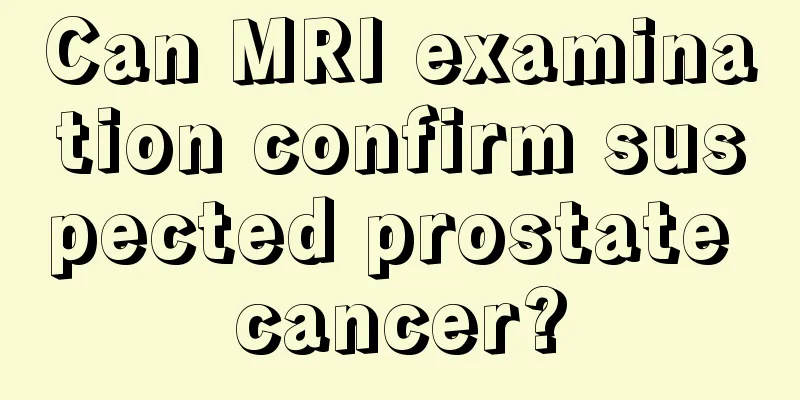What is the reason for bad breath when brushing teeth

|
Bleeding when brushing your teeth and bad breath are likely symptoms of gingivitis. Gingivitis has a particularly great impact on patients. If not treated in time, it will not only affect the gums, but will also have extremely adverse effects on the health of the teeth and the entire oral cavity. Below, we will give you a detailed introduction to gingivitis, a common oral disease. 1. Overview The gingiva is one of the periodontal tissues (gingiva, periodontal ligament, alveolar bone, cementum), which is directly exposed to the oral cavity and visible. It is composed of keratinized epithelium and connective tissue, covering the alveolar bone and tooth roots. Gum disease is a lesion limited to the gingival tissue. The most common of these is chronic gingivitis, also known as marginal gingivitis or simple gingivitis. It is a type of "gingivitis only related to dental plaque" and is the most common disease among plaque-related gingivitis. Gingival inflammation is mainly located in the free gingiva and gingival papilla. This is commonly known as gingivitis. It can occur in children aged 3 to 5 years old, and the incidence and severity gradually increase with age, reaching a peak in adolescence. Gingivitis is slightly more common in male children than in female children. Developing countries and regions are higher than economically developed countries. 2. Causes The dental plaque accumulated at the gum-tooth junction and the harmful substances therein act on the gums for a long time, causing inflammation. In addition, the presence of tartar, poor restorations, food impaction, misaligned and crowded teeth, and mouth breathing aggravate the accumulation of plaque and gum inflammation. The proportion of cocci among the main pathogens decreased compared with the healthy state, while the proportion of motile bacteria and spirochetes increased. The number of Gram-negative bacteria increased significantly, with Actinomycetes, Peptostreptococcus, Fusobacterium nucleatum, and Prevotella intermedia being the dominant bacteria. 3. Clinical manifestations 1. Subjective symptoms The gums often bleed when brushing teeth or biting hard objects. Some patients may experience symptoms such as local itching, swelling, discomfort and bad breath of the gums. 2. Local manifestations The free gingiva and gingival papillae are bright red or dark red. In severe cases, the inflammatory congestion may extend to the attached gingiva; the gingival tissue is swollen, the gingival margin becomes thicker, the interdental papillae are rounded and blunt, no longer closely attached to the tooth surface, the stippling disappears, and the surface becomes shiny; the gums become soft and fragile, lack elasticity, and sometimes become hard and thick; the gingival sulcus can be probed to more than 3 cm; bleeding may occur upon slight probing of the gingival sulcus; and the exudate in the gingival sulcus increases. |
<<: How long does it take to see results from brushing your teeth with peanuts
>>: What is the use of adding baking soda when brushing teeth
Recommend
Have you had eye bag surgery?
As people age, their eye bags will become more an...
Why do I suddenly grow hair on my legs
Growing sweat hair on the legs is a very normal p...
What harm does mosquito coils do to pregnant women?
Mosquito-repellent coils are used in our daily li...
What are the early symptoms of axillary lymphoma? Early symptoms of axillary lymphoma
Early symptoms of axillary lymphoma may include p...
How to improve X-shaped legs
X-shaped legs bother many people. X-shaped legs a...
What should I eat after kidney cancer surgery
Kidney cancer, there are more and more treatments...
Eye mucus keeps coming out
In fact, normal people will have eye mucus in the...
What happens if a wasp sting is left in the flesh
We all know that bees are very hardworking animal...
What to do if my hair becomes thinner
For some women, perming or dyeing their hair can ...
What can I eat to reduce my body hair?
It is normal for men to have a lot of body hair, ...
Insomnia is a sign of depression
Insomnia makes people suffer extremely, tossing a...
Is there hope for conservative treatment of intestinal perforation in colorectal cancer?
Whether patients with colorectal cancer and intes...
Can Traditional Chinese Medicine treat high blood pressure?
Hypertension is a common chronic disease, and the...
What fruits are good for patients with tracheitis?
People's living habits and dietary structures...
Can you still drink expired pure milk?
I believe that no matter what you buy, you will c...









